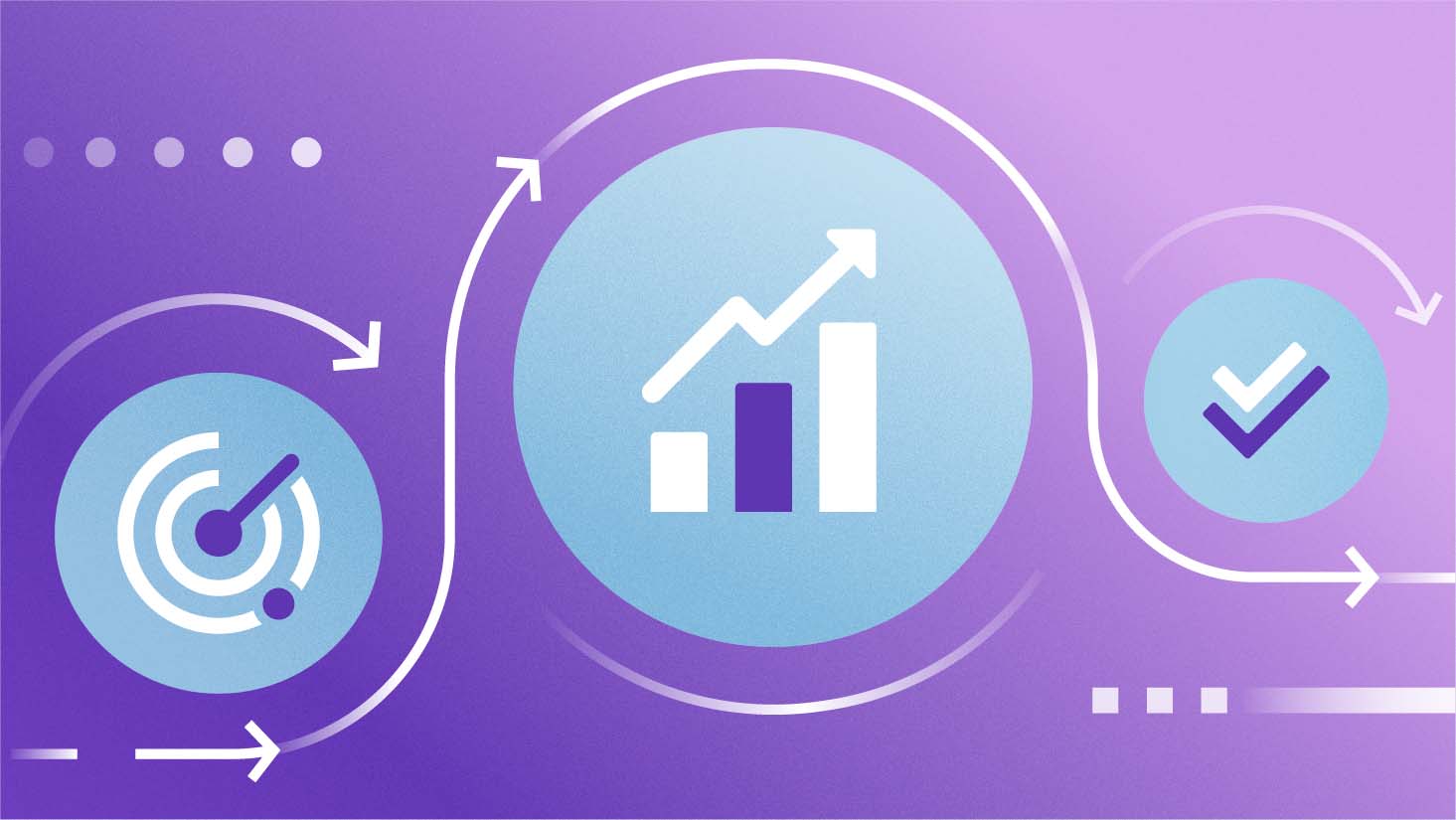 Small but Mighty: Salesforce Unveils “Tiny Giant” AI Model
Small but Mighty: Salesforce Unveils “Tiny Giant” AI Model
Salesforce has made waves in the AI world with the unveiling of its groundbreaking AI model, xLAM-1B. Despite its compact size of just 1 billion parameters, the model has outperformed much larger models, including those from industry leaders OpenAI and Anthropic, in function-calling tasks. This achievement is the result of Salesforce AI Research’s innovative approach to data curation, utilizing their automated pipeline APIGen.
Traditionally, companies have focused on building larger models to improve AI capabilities. However, Salesforce’s approach challenges this status quo by emphasizing data quality over model size. By curating diverse and high-quality datasets, Salesforce has created a model that can perform complex tasks with far fewer parameters. This breakthrough could lead to a new era of research that focuses on optimizing AI models rather than making them bigger.
The implications of this development extend beyond just Salesforce. Smaller and more efficient models like xLAM-1B could disrupt the AI industry by challenging the prevailing notion that bigger models are always better. This shift in mindset could lead to the development of hyper-efficient models tailored for specific tasks, enabling more powerful on-device AI applications.
Currently, many advanced AI features rely on cloud computing due to the size and complexity of the models involved. However, xLAM-1B’s success could change that. By providing similar capabilities in a compact size, on-device AI assistants could become more powerful and responsive, running directly on users’ devices. This would not only improve response times but also address privacy concerns associated with cloud-based AI.
Additionally, the success of xLAM-1B could democratize AI capabilities. Smaller companies and developers would no longer require massive computational resources to create sophisticated AI applications. This development may also address concerns about AI’s carbon footprint, as smaller models consume less energy to train and run.
Salesforce’s achievement has proven that in the world of AI, smaller models can not only compete with larger ones but potentially render them obsolete. The future of AI may no longer reside solely in the cloud but right in the palm of our hands. As edge computing and IoT devices become more prevalent, the demand for powerful on-device AI capabilities is set to skyrocket. This could lead to a more distributed AI ecosystem, where specialized models work together across a network of devices, offering more robust, responsive, and privacy-preserving AI services.
In conclusion, Salesforce’s “Tiny Giant” AI model is a game-changer in the industry. By prioritizing data quality and efficiency, Salesforce has opened up new possibilities for AI applications and challenged the prevailing wisdom surrounding model size. The future of AI is looking small but mighty.

